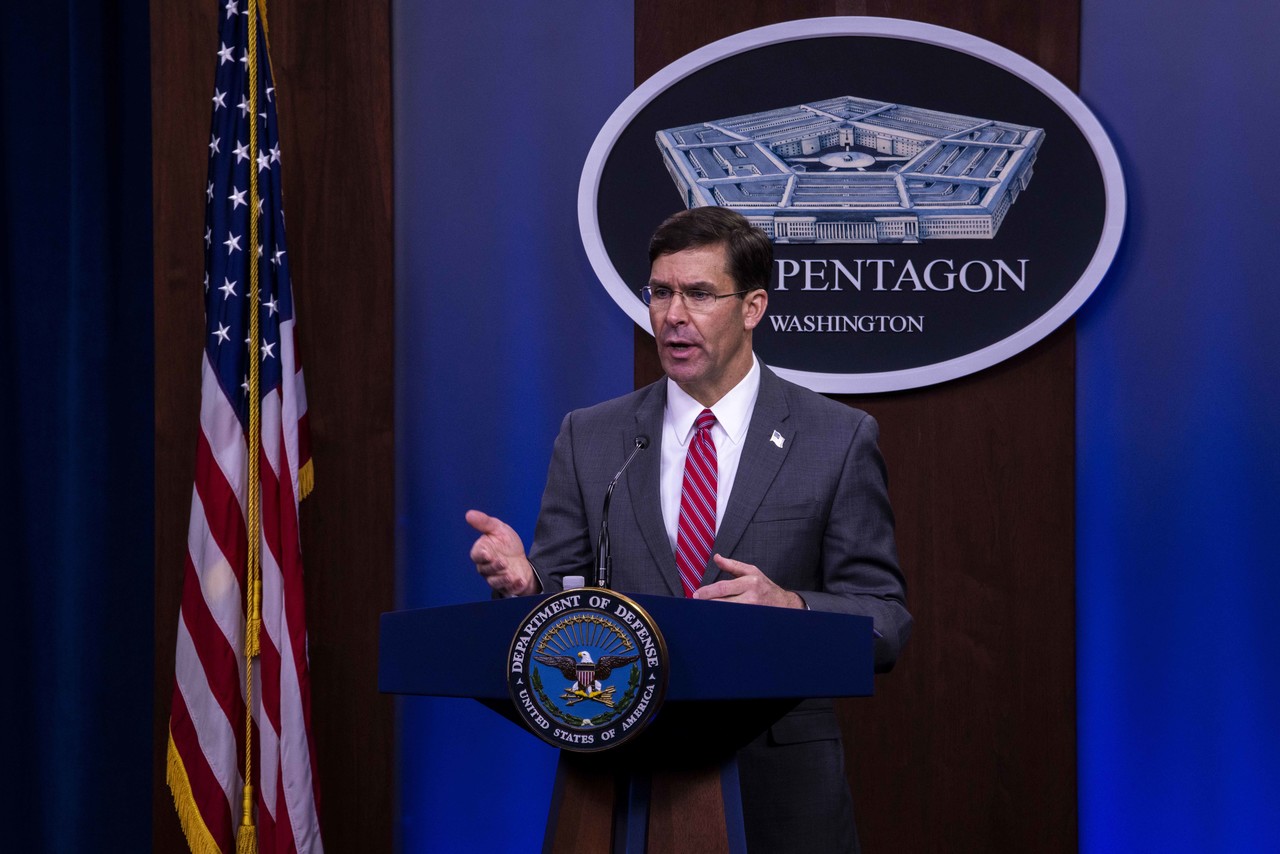United States Department of Defense, on Wednesday provided to the Congress, the semiannual report, “Enhancing Security and Stability in Afghanistan,” covering events during the period of December 1, 2019, to May 31, 2020.
The report was submitted in accordance with requirements from the Fiscal Year 2015 National Defense Authorization Act, as well as subsequent amendments.
The United States’ vital national interest in Afghanistan is to ensure the territory is never again used as a safe haven from which terrorists can attack the United States, our Allies, or interests abroad.
The primary goal of the South Asia Strategy is a durable and inclusive political settlement to end the war in Afghanistan. The February 29, 2020, signing of the conditions-based U.S.-Taliban Agreement and release of the U.S.-Afghanistan Joint Declaration represent a significant milestone in U.S. efforts to achieve that objective.
During the initial portion of the reporting period, USFOR-A adjusted its operational approach to intensify pressure on the Taliban to reduce violence and create the conditions that led to the signing of the U.S-Taliban Agreement.
Since the February 2020 Reduction in Violence (RIV) period, U.S. operations have continued to focus on CT operations against ISIS-K, al-Qaeda, and other terrorist organizations, while operations targeting the Taliban have been in defense of the Afghan National Defense and Security Forces (ANDSF).
A distinct line of effort was added to the campaign plan to enhance ANDSF effectiveness, responsiveness, and overall protection of key Government of Afghanistan infrastructure.
Afghan partners established the Combined Situational Awareness Room and supporting Regional Targeting Teams as a cross security pillar network to prioritize, resource, and enable ANDSF operations based on a collective understanding of the security environment.
These new developments have positively impacted the ANDSF’s capability to deny the Taliban and ISIS-K the ability to accomplish their objectives.
For the foreseeable future, however, all ANDSF components will continue to rely on contracted logistic support and on the United States for the vast majority of the funding needed to sustain combat operations.
On March 1, 2020, following the U.S.–Taliban Agreement in Doha, Resolute Support began reducing forces in accordance with the agreement.
Resolute Support reduced their force level to approximately 12,000 personnel while U.S. personnel began their reduction to approximately 8,600 personnel.
Advising efforts shifted from persistent to periodic during this period, consistent with Resolute Support’s operational campaign design that emphasizes “point of need” advising. The report also addresses how the mission has adapted to the challenges posed by COVID-19.
The United States remains committed to helping Afghans create a secure and stable Afghanistan by supporting inclusive efforts to achieve peace.
The best path to a lasting peace in Afghanistan is a negotiated political settlement among Afghans. The U.S. national security goal is to ensure that Afghanistan never again becomes a safe-haven for terrorists to threaten the security of the United States homeland, our allies, and interests overseas.






